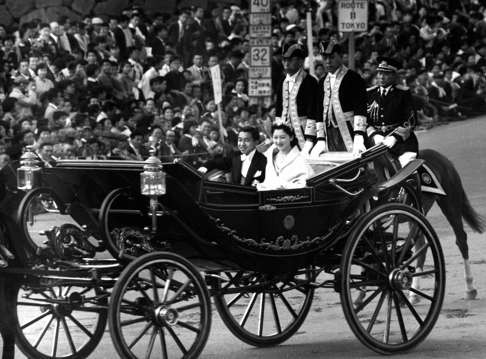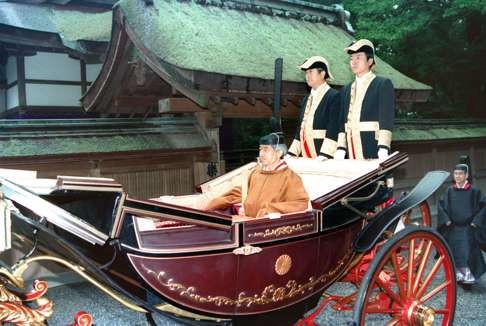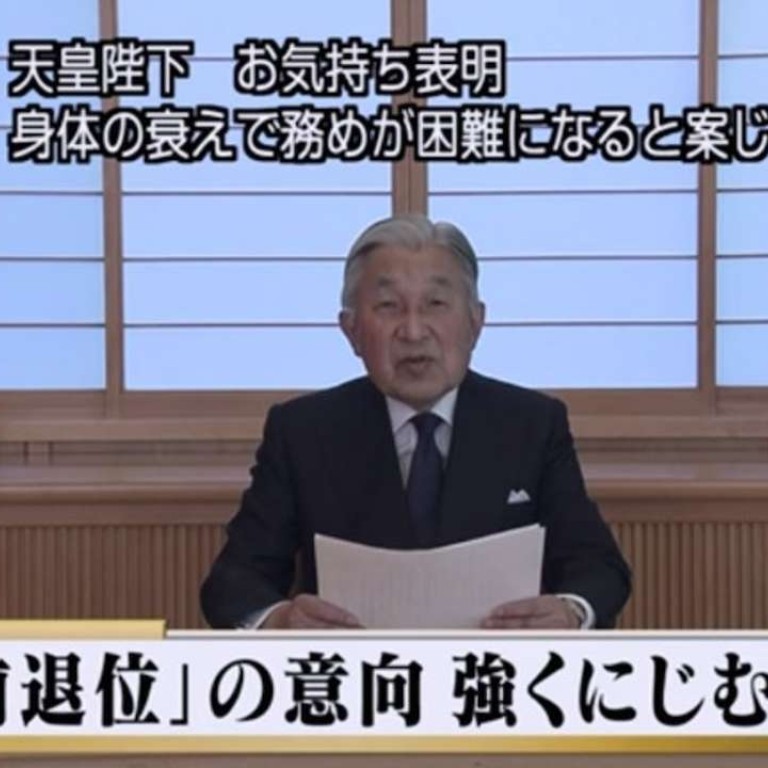
Japan’s 82-year-old emperor indicates readiness to abdicate
Emperor Akihito says he is concerned about his ability to fulfil duties fully in rare video message
Japan’s 82-year-old Emperor Akihito on Monday indicated his readiness to abdicate, voicing concern in a rare video message to the public that he could one day become unable to fulfil his role as the symbol of the state because of his age.
“When I consider that my fitness level is gradually declining, I am worried that it may become difficult for me to carry out my duties as the symbol of the state with my whole being as I have done until now,” the emperor said in the video message.

The emperor said he has come to think about how his future course should be set for the sake of the nation, people, and the imperial family, in the event of his becoming unable to fully carry out his duties after undergoing surgery and starting to feel a decline in physical strength because of his age.
In his message, Emperor Akihito did not explicitly refer to abdication, as that would require political and legal procedures. Japan’s constitution prohibits the emperor’s political engagement.
The statement was issued to convey his thoughts as an “individual”, the emperor said, adding that he is refraining from touching on the current imperial system specifically because of his position as emperor.
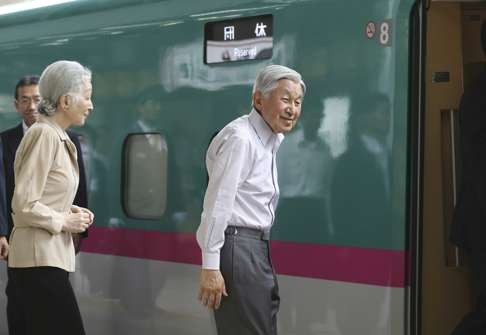
Considering the emperor’s duties, as well as his age and the burden (of the job), we have to firmly look at what we can do
Akihito is the 125th Emperor of Japan, and has reigned since succeeding his father in 1989.
Opinion polls show the vast majority of ordinary Japanese sympathise with the emperor’s earlier reported desire to retire.
But the idea had sparked opposition from Prime Minister Shinzo Abe’s conservative base, who worry debate on the imperial family’s future could widen to the topic of letting women inherit and pass on the throne, anathema to traditionalists.
Abe in a swift response to the emperor’s speech said the government would take the emperor’s remarks “seriously”.
“Considering the emperor’s duties, as well as his age and the burden (of the job), we have to firmly look at what we can do,” he said.
Akihito has been cutting back on official duties recently, his place taken by his heir, 56-year-old Crown Prince Naruhito.
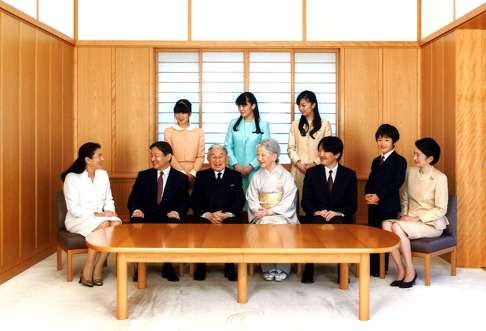
Naruhito has only one daughter. Since only males can inherit the Chrysanthemum Throne, the throne after Naruhito would pass to his brother, Prince Akishino, and then to nine-year-old nephew Hisahito.
Others worry that devoting political energy to discussing abdication could sidetrack Abe’s push to revise the US-drafted pacifist constitution, seen by many conservatives as a symbol of Japan’s humiliating defeat in the second world war.
Akihito ascended the throne after the death of his father, Hirohito, in whose name Japan fought the war. He has sought to soothe the wounds of the conflict in Asia and tried to bring the monarchy closer to the people.
But rarely since the advent of radio and television have Japanese emperors broadcast directly to the people.
The emperor’s recorded remarks started airing at 2pm Hong Kong time, only the second time Akihito has addressed the public in such a fashion. The first was after a massive earthquake, deadly tsunami and nuclear disaster hit northeast Japan in March 2011.
His father’s 4 1/2-minute speech on August 15, 1945, announcing Japan’s surrender in the second world war, reverberated throughout the country’s modern history.
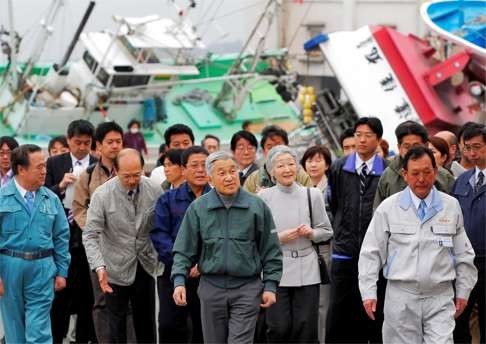
In his first videotape message to the nation post-earthquake, the Akihito said: “I am deeply hurt by the grievous situation in the disaster-hit areas.”
That message was released in response to the strong wishes of the emperor and Empress Michiko to directly communicate with the public, as they were extremely concerned by the extensive and grave damage wrought by the earthquake and subsequent tsunami, the agency said.
The emperor holds limited press conferences - before his birthday in December and ahead of his overseas trips. The Imperial Household Agency submits questions beforehand, and footage of the emperor responding to the questions is recorded and broadcast at a later date.
The agency had been studying how to communicate the emperor’s feelings to the public at this latest critical juncture, and decided on a video message rather than a live televised address to avoid the risks of what is said being misconstrued, aides say.
“(The emperor) had a strong wish to directly speak to the public, but live coverage cannot be shot again so the risk was big,” a senior agency official said, explaining the reason for avoiding an unprecedented live televised address by an emperor.
Reuters, Kyodo, Associated Press and Agence France-Presse

